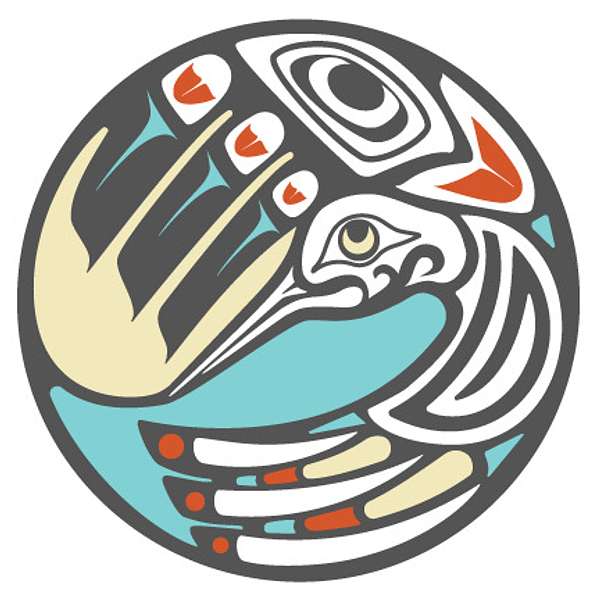very very bad news... poverty can do that... TRACE
U.S. government has overestimated Native American life expectancy, study finds

LOS ANGELES — Official U.S. records dramatically underestimate mortality and life expectancy disparities for Native Americans, according to a new, groundbreaking study published in the Journal of the American Medical Association.
The research, led by the Boston University School of Public Health, provides compelling evidence of a profound discrepancy between actual and officially reported statistics on the health outcomes of American Indian and Alaska Native (AI/AN) populations in the U.S.
The study, novel in its approach, tracks mortality outcomes over time among self-identified AI/AN individuals in a nationally representative cohort known as the Mortality Disparities in American Communities.
The researchers linked data from the U.S. Census Bureau’s 2008 American Community Survey with official death certificates from the Centers for Disease Control and Prevention’s National Vital Statistics System from 2008 through 2019, and found that the life expectancy of AI/AN populations was 6.5 years lower than the national average. They then compared this to data from the CDC’s WONDER database, and found that their numbers were nearly three times greater than the gap reported by the CDC.
Indeed, the study found that the life expectancy for AI/AN individuals was just 72.7 years, comparable to that of developing countries.
The researchers also uncovered widespread racial misclassification. The study reports that some 41% of AI/AN deaths were incorrectly classified in the CDC WONDER database, predominantly misrecorded as “White.” These systemic misclassifications drastically skewed official statistics, presenting AI/AN mortality rates as only 5% higher than the national average. When they adjusted the data to account for those misclassifications, the researchers found that the actual rate was 42% higher than initially reported.
The issue of racial misclassification “is not new for us at all,” said Nanette Star, director of policy and planning at the California Consortium for Urban Indian Health. The recent tendency for journalists and politicians to use umbrella terms like “Indigenous” rather than the more precise “American Indian and Alaska Native” can obscure the unique needs, histories and political identities of AI/AN communities, Star noted, and contribute to their erasure in both data and public discourse. “That is the word we use — erasure — and it really does result in that invisibility in our health statistics,” she said.
Issues related to racial misclassification in public records persist across the entire life course for AI/AN individuals, from birth to early childhood interventions to chronic disease and death. Star noted that in California, especially in urban regions like Los Angeles, Native individuals are frequently misidentified as Latino or multiracial, which profoundly distorts public health data and masks the extent of health disparities. “It really does mask the true scale of premature mortality and health disparities among our communities,” Star said.
Further, said Star, the lack of accurate data exacerbates health disparities. “It really is a public health and justice issue,” she said. “If you don’t have those numbers to support the targeted response, you don’t get the funding for these interventions or even preventative measures.”
According to U.S. Census data, California is home to the largest AI/AN population in the United States. That means it has a unique opportunity to lead the nation in addressing these systemic issues. With numerous federally and state-recognized tribes, as well as substantial urban AI/AN populations, California can prioritize collaborative and accurate public health data collection and reporting.
Star noted that current distortions are not always malicious but often stem from a lack of training. She suggested that California implement targeted training programs for those charged with recording this data, including funeral directors, coroners, medical doctors and law enforcement agents; allocate dedicated resources to improve the accuracy of racial classification on vital records; and strengthen partnerships with tribal leaders.
The study authors suggest similar approaches, and there are numerous examples of successful cases of Indigenous-led health partnerships seen across Canada and the U.S. that have helped reduce health disparities among AI/AN communities that could be used as a template.
These efforts would not only help to move toward rectifying historical inaccuracies, but also ensure that AI/AN communities receive equitable health resources and policy attention.
“When AI/AN people are misclassified in life and in death, it distorts public health data and drives inequities even deeper,” said Star. “Accurate data isn’t just about numbers — it’s about honoring lives, holding systems accountable and making sure our communities are seen and served.”






















No comments:
Post a Comment
Please: Share your reaction, your thoughts, and your opinions. Be passionate, be unapologetic. Offensive remarks will not be published. We are getting more and more spam. Comments will be monitored.
Use the comment form at the bottom of this website which is private and sent direct to Trace.